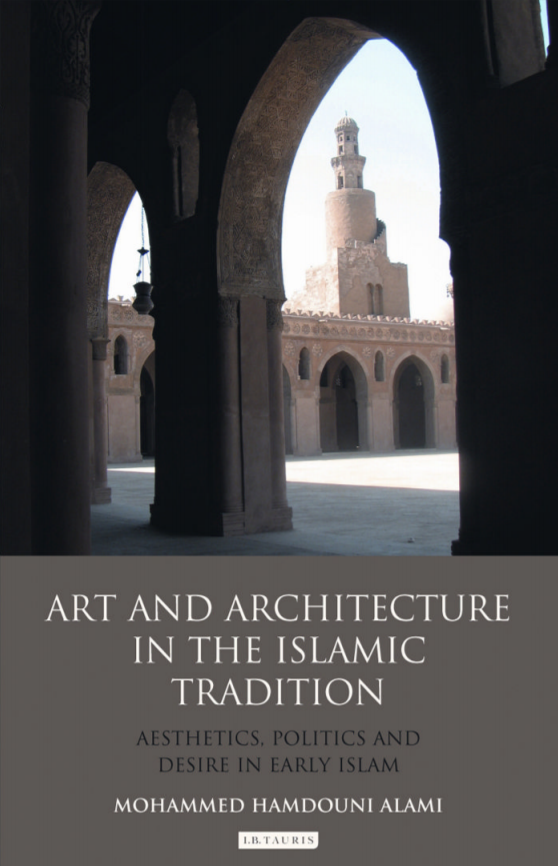
We must look for the ways in which a given epoch solved for itself aesthetic problems as they presented themselves at the time to the sensibilities and the culture of its people. Then our historical inquiries will be a contribution, not to whatever we conceive ‘aesthetic’ to be, but rather to the history of a specific civilization, from the standpoint of its own sensibility and its own aesthetic consciousness. (Umberto Eco)1 In the mid-1980s, the rabbi of Rabat, Morocco, having decided to restore the old synagogue of the city, commissioned a local architect to carry out the restoration project and asked him to present his very best ideas. The architect, a young Muslim with little knowledge of traditional Moroccan Jewish customs, was eager to do his best, and prepared a few sketches based on his estimation of what would please the rabbi. When the rabbi was presented with the architectural drawings and their modernist approach, he could not help showing his disappointment, and told the Muslim architect: My son, the community of the faithful will be disappointed by these bare spaces you are proposing, for we Jewish people, too, love ornament, stucco, plaster, woodwork, and all that. Our people, like yours, like their spaces of worship to be richly decorated. That is how we like our synagogues.2 The young Muslim architect who told me this story was taken aback for, like most of his Muslim compatriots, he did not 1
I agree to the terms outlined below:
You agree to upload and assign Mosqpedia Database the rights to use the content worldwide and in perpetuity across all current and future media platforms. Mosqpedia Database may edit, copy, adapt and translate your contribution.
The content will be distributed under the Creative Commons Attribution-Deed – Attribution-NonCommercial-NoDerivatives 4.0 International – Creative Commons
All data will be stored in line with data protection regulations.